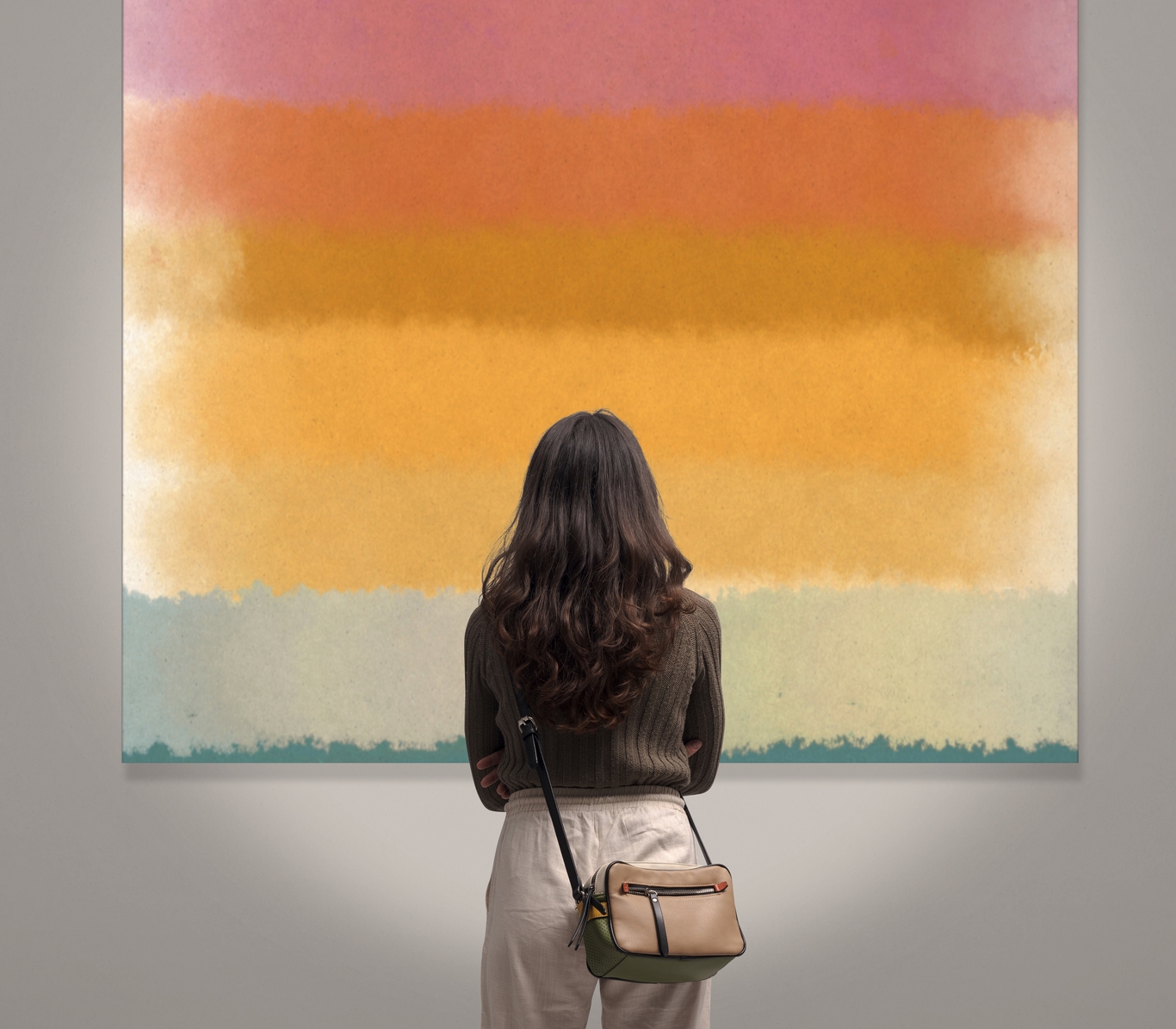
Posted on Jul 8, 2025 by Berkshire CenterPoint
How Do You Look at Art (or Music) and Its Impact on Your Life
How to Look at Art and Music to Understand Their Impact on Your Life
Art and music have always held the power to move us. They ignite emotions, inspire us to think critically, and help us connect deeply with ourselves and others. But their influence can often go unnoticed unless we take the time to actively engage with them. By looking at art and listening to music with intent, you can uncover surprising insights about their impact on your life.
Berkshire CenterPoint will explore how to actively engage with music and art, offering ways to reflect on your responses, discover their symbolic language, and recognize their power to transform perspectives. By the end, you’ll also learn how organizations like Berkshire CenterPoint help facilitate this connection in meaningful ways.
Active Engagement with Music
Music is more than just background noise. To truly understand its impact, you need to become an active listener. Here’s how:
- Focus on the melody and chords: Listen closely to how the notes flow and progress. What emotions do they evoke? A slow, soft melody might calm you, while an upbeat tempo could energize you.
- Recognize the tempo and rhythm: Does the music make you feel relaxed or pumped? The tempo and rhythm can set the tone, whether it’s mellow jazz or fast-paced rock.
- Identify repeating patterns or themes: Look for motifs that recur throughout the piece. These patterns often carry the emotional weight of the music.
- Analyze the interaction between instruments: Listen to how various instruments complement or contrast one another. Perhaps the violin evokes sorrow while the piano adds depth.
- Interpret the lyrics: If the piece has vocals, pay attention to the themes and messages. Are they literal or metaphorical? Are they speaking to a specific emotion or story relevant to your life?
Actively Connecting with Art
Art communicates visually, but its message can be just as profound as music’s. Observation and reflection are key to unlocking an artwork’s meaning.
Observing Artworks
- Examine the visual elements: Notice the colors, shapes, and lines. Warm tones like reds and yellows might evoke passion, while cooler blues create a feeling of calm.
- Determine the mood: Think about the emotions the piece stirs as you observe it. Is it tranquil, chaotic, joyful, or melancholic?
- Unpack the subject matter and story: Consider what the artwork is depicting. Is it a story, a historical event, or perhaps an abstract representation of an idea?
- Reflect on the cultural or historical context: Understanding when and why a piece was created adds layers to its meaning. A 19th-century landscape might evoke a sense of nostalgia, while a modern installation may challenge societal norms.
Experiencing Art in Personal and Shared Spaces
- Personal Reflections: Take time to connect the artwork to your own experiences and memories. Does it evoke a moment in your life? Are certain elements personally meaningful?
- Community Insights: Discussing art with others can also enrich your perspective. Shared experiences and interpretations often reveal nuances you might not have noticed on your own.
Art’s Dual Language: Speaking to Both Heart and Mind
Art and music are unique because they communicate on dual frequencies. They speak simultaneously to our emotions and intellect, making them powerful tools for connection and understanding. For example:
- Mark Rothko’s Color Field Paintings: Rothko’s vast canvases of glowing color blocks might feel meditative or spiritual, even if they don’t depict a recognizable subject. The simplicity of form invites emotional reflection.
- Pablo Picasso’s Guernica: Picasso’s harrowing depiction of the tragedies of war stirs immediate emotional reactions through its fragmented figures and stark black-and-white palette. At the same time, its historical context and symbolism challenge viewers to think critically about the costs of conflict.
Understanding this duality can transform how you experience any creative work. Art and music challenge us to feel deeply while also engaging with big ideas about humanity, society, and life itself.
Transforming Perspectives Through Art and Music
1. Inspiration and Healing
Both art and music can inspire and heal. Music therapy has become a powerful tool for people dealing with mental health struggles or trauma. Similarly, painting, sculpting, or even simply looking at art can serve as a therapeutic outlet for self-expression and emotional processing.
2. Driving Social Change
Art and music often push boundaries and provoke thought. They can shine a light on societal injustices, as seen in protest songs or politically charged murals, urging audiences to take action.
3. Building Empathy and Community
Art brings people together. Whether in a concert hall or at a gallery opening, creative works have a way of fostering connection, empathy, and shared understanding among viewers and listeners.
Berkshire CenterPoint’s Mission to Connect People with Art and Music
At Berkshire CenterPoint, we believe in the healing and transformative power of creativity. Here’s how we aim to make a difference:
- Creating Supportive Environments: We offer platforms for artists, writers, and educators to share tools for personal growth. Think of it as a community where creativity meets healing.
- Showcasing Visionary Work: Berkshire CenterPoint is dedicated to uplifting artists and creators who challenge norms and inspire the human spirit. From hosting seminars to sharing their work online, we celebrate creativity in all its forms.
Our purpose is simple yet powerful—to provide spaces where creativity can flourish, bringing healing and growth to individuals and communities.
Make Art and Music Part of Your Life
Art and music are more than optional pleasures; they have the power to shape the way you see the world and enrich your life in ways you may not expect.
Take time to look and listen. Engage actively, reflect deeply, and allow creativity to inspire change in your own life. And if you’re looking for a way to connect even further, discover how organizations like Berkshire CenterPoint can help you foster a deeper connection with art and music.


